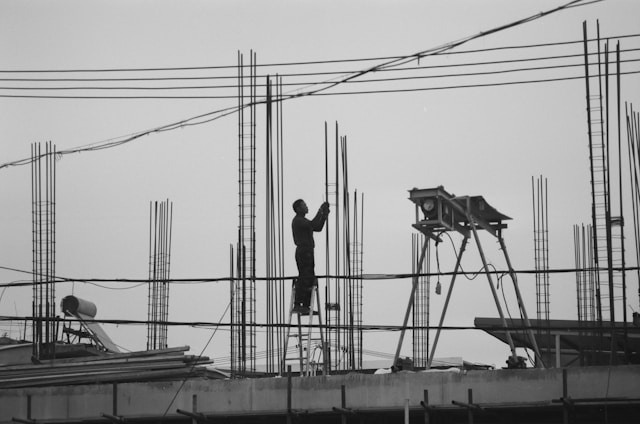
SALIDA, Colo. — A Colorado company is pushing the boundaries of residential construction by bringing industrial-level 3D printing technology straight to the jobsite. Verotouch, a growing local innovator, is using large-scale robotic printing systems to create homes with solid concrete walls, replacing the wood framing and traditional materials used in most U.S. houses.

The company is currently developing a 31-unit residential project, each built with a proprietary, patented foundation system paired with 3D-printed structural walls. The result, according to Verotouch, is a home that is stronger, more fire-resistant, more energy-efficient, and faster to build than anything produced through standard construction methods.
Jake Rishavy, Chief Communications Officer for Verotouch, said the technology is engineered for durability and climate resilience, which has become essential in the region. “Here, obviously, we’re really focused on wildfire prevention or resilience, and this technology just performs considerably better than traditional stack-built framing.”
The homes are printed with full concrete, not mortar-based blends seen in earlier generations of printed housing. This gives each structure a high structural integrity. “We print with a traditional concrete, so it’s a full concrete as opposed to like a mortar or something like that,” Rishavy explained. “So the structure, the actual walls themselves, have a super high strength ratio.”
Matt DePaulo, COO of Verotouch, said the company sees these homes as long-lasting community assets. “We believe it’s going to last over 100 years,” he said. “We’re building these multigenerational structures that are designed to be passed down.”
One of the most dramatic advantages is speed. With 3D printing, Verotouch has been able to slash traditional production timelines:
This accelerated pace could be a game changer for regions facing housing shortages, labor constraints, or rising construction costs.
The shift to automation allows the company to drastically reduce the number of workers needed per house. DePaulo said the company has reduced labor expenses from roughly $100,000 per home down to $10,000–$20,000, a savings that can be passed directly to buyers—an important move in high-demand mountain regions where affordability remains a key challenge.

Because the homes are printed in layers and formed into thick, insulated concrete walls, they naturally deliver:
These features align with Colorado’s mounting concerns about wildfire destruction, aging housing stock, and the need for sustainable, low-maintenance construction solutions.
Verotouch’s work reflects a broader national and global shift toward automation in construction. As housing shortages intensify across the country, and as developers grapple with skilled-labor shortages and rising material costs, large-scale 3D printing is becoming more attractive as a mainstream building method.
In Salida, Verotouch is proving that the technology is no longer a futuristic concept—it’s a practical solution already being deployed on real residential projects.
With its early success in Colorado, the company says it hopes to expand to other regions, partnering with developers and municipalities seeking faster, safer, and more resilient construction models.
Verotouch believes this is the beginning of a generational change. With structures that can be printed quickly, withstand harsh environments, and remain affordable, the company hopes to help redefine what modern housing looks like—and how fast it can be delivered.
Originally reported by Dara Korn in Fox 21 News.